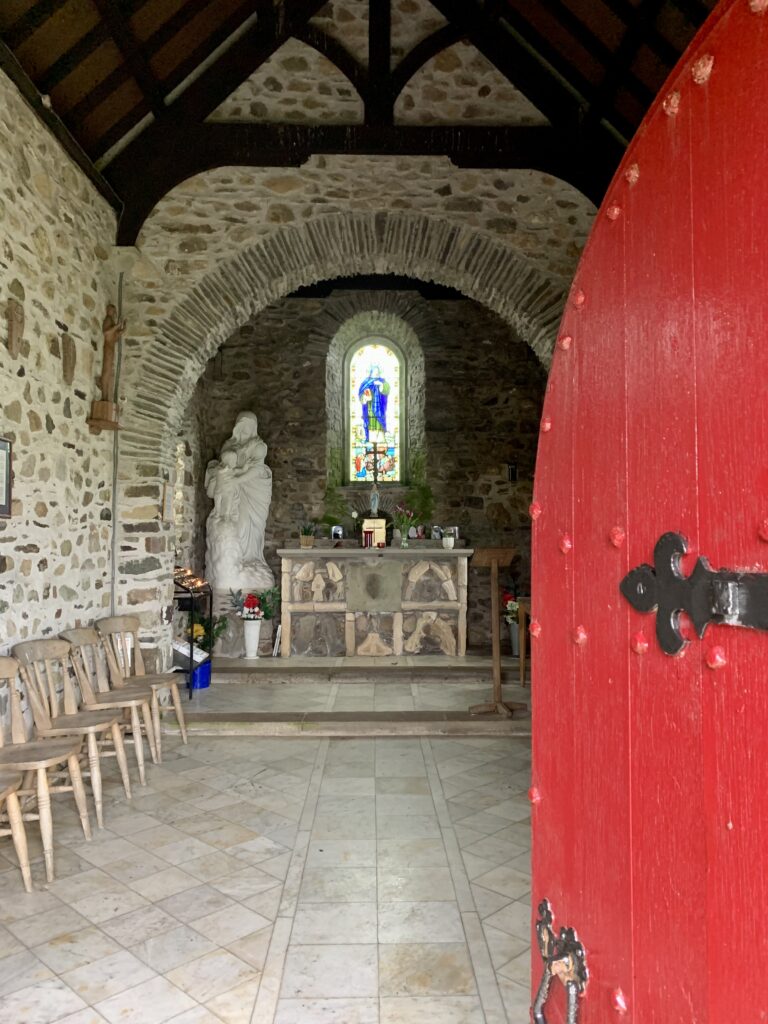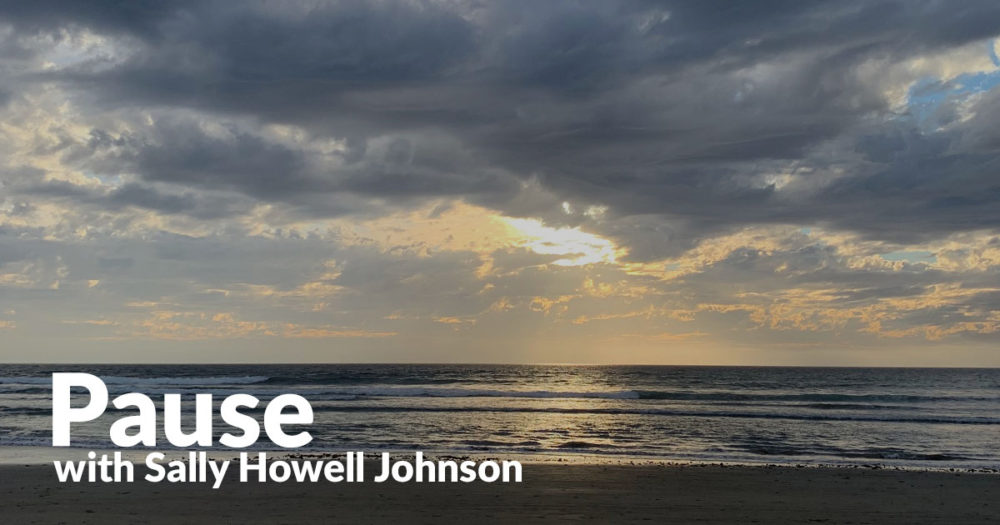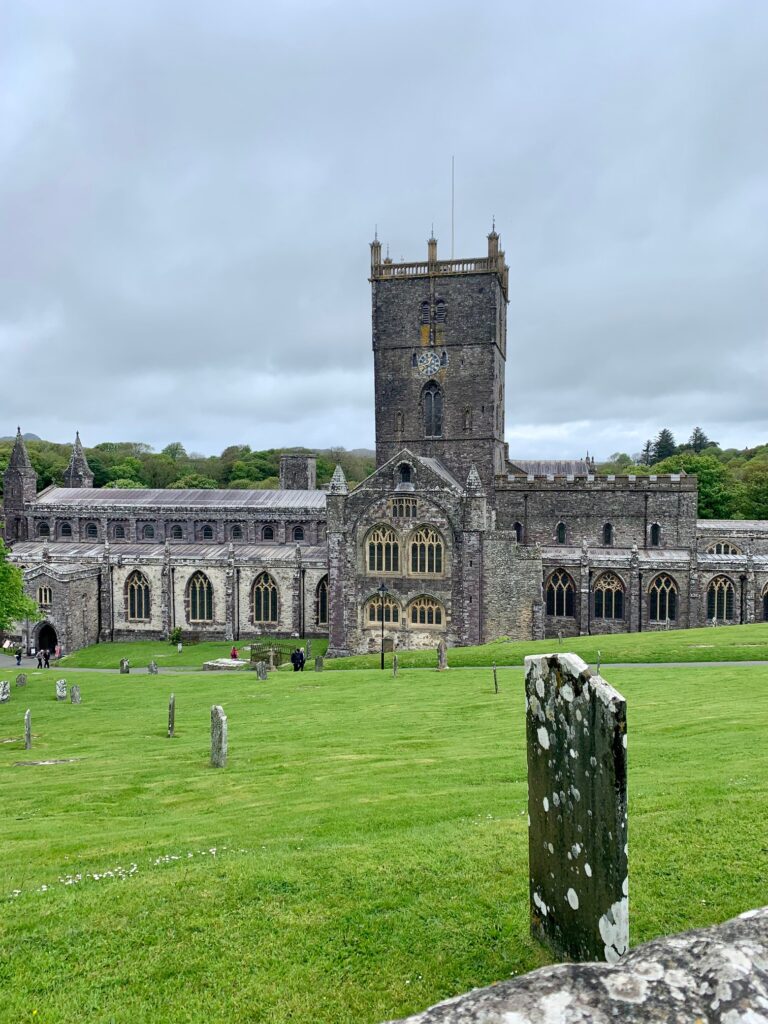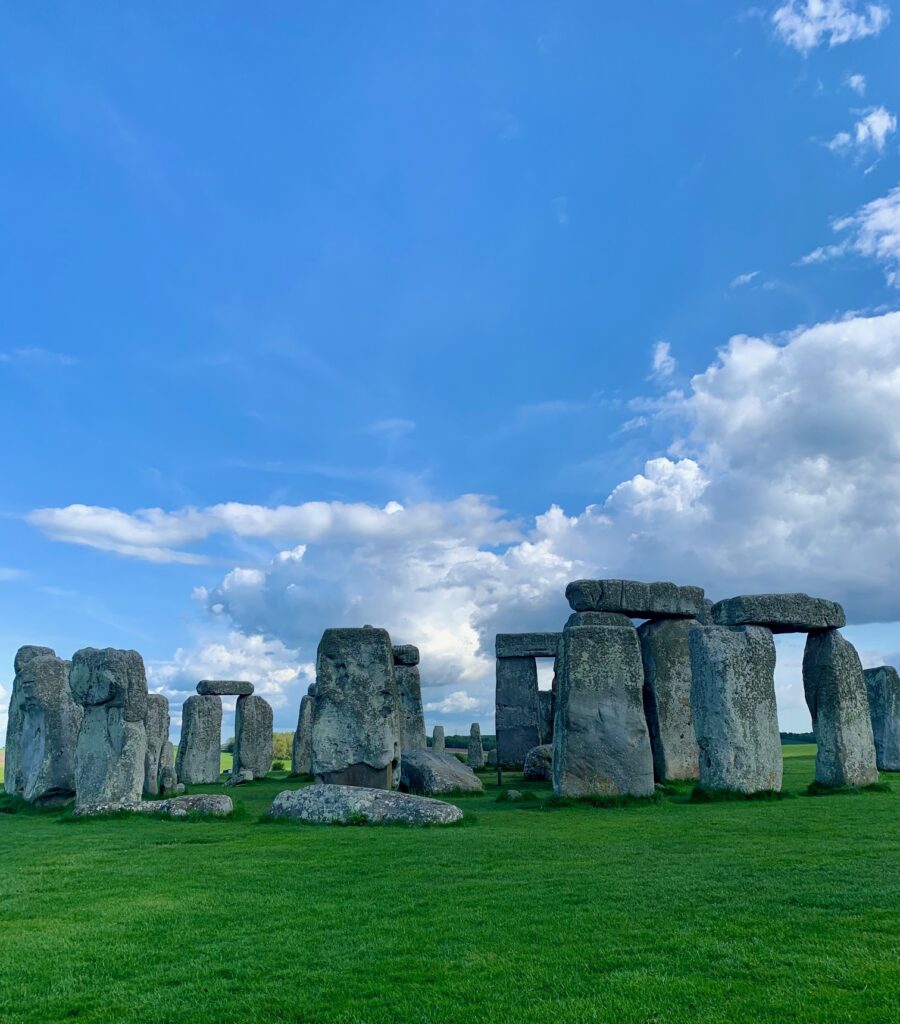A few weeks ago I was traveling in the ‘land of sorry’. The English have a way of saying “sorry” for any manner of things. There is sorry for perhaps bumping into another person. And sorry for passing you by on the sidewalk. There is sorry for coming into a conversation that is already in progress. And there is sorry seemingly as a general greeting. It is a charming thing in some ways and makes for a humble way of moving through a day knowing you are surrounded by so many people who are sorry. We Americans might say ‘excuse me’ in some of these situations but mostly we would just move on without much attention to a simple infraction that caused a sorry out of our neighbors from across the sea. All that hearing of ‘sorry’ began to creep into my own language and after a few days I was offering my ‘sorry’ along with everyone else.
Now that I am back ensconced in my regular life here in ‘the States’ and not given to all the sorry I became accustomed to, I have to say I miss it. And in the missing I have begun to think about the gift of saying sorry, of actually offering another person an apology. I have thought of the times over the last years when we have been subjected in public life to people who don’t know how…or don’t have the capacity to say “I’m sorry.” though it is clearly called for. Recognizing the many ways we as humans fail and trespass on the feelings of others, “I’m sorry.” seems the least we could do. And, of course, that says nothing of the real and harmful tragedies being played out on the world stage for which armies of people would be wise to say ‘sorry’.
Last week in the church I attend we spoke a communal confession of ways in which we had been exclusive, had harmed others in our action and inaction, had hurt the very hearts, the very souls of our fellow humans. It is not something we do often, this confessing. I have to admit that I have often longed for a tradition in which individual confession is an ongoing practice. I wonder how my life would be different if I had the opportunity to walk into a space with someone,seen or unseen, and be able to pour out the many acts for which I am sorry. I wonder. Somehow I think I’d be better for it.
In the meantime, today I am reflecting on the places where such offerings of sorry have happened and how those words, those apologies have become a part of the wood and stone over time. Buildings have the grace to take in the pain and anguish, the sorrow and lamentation just as people do. It is a wonder the walls can still stand. Over the years we humans have had the opportunity to be sorry for so many things big and small. Wars. Abuse. Violence. Bullying. Excluding another. Saying words that hurt. Ignoring those on the margins. Failing to be our true, God-given selves. Too many chances at sorry to name.

In a poem Mary Oliver writes:
…If I were a perfect person, I would be bowing
continuously.
I’m not, though I pause wherever I feel this
holiness, which is why I’m so often late coming
back from wherever I went.
Forgive me.
It is likely I will continue to think about this ‘sorry’ business. Like Mary points out none of us is perfect and the need to ask forgiveness comes in so many forms. Perhaps it might become so present in our every day speaking that the goodness hoped for becomes a reality.


